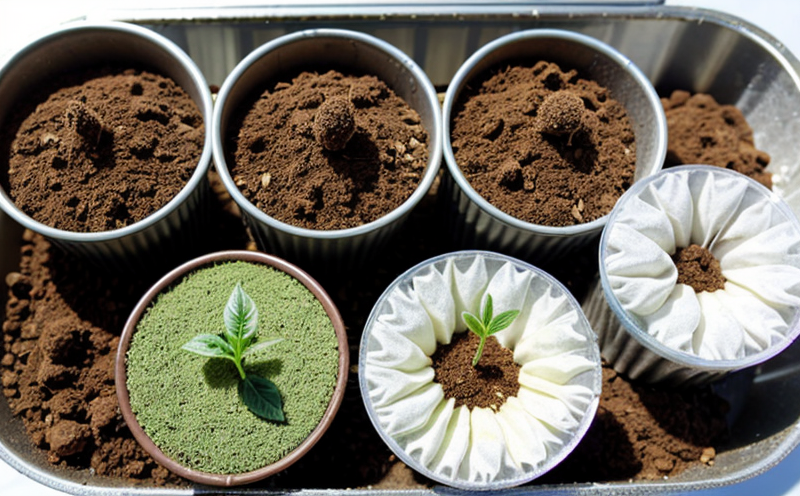Seed Shelf Life Testing
The seed shelf life is a critical aspect in agriculture and forestry testing. Understanding how long seeds remain viable, unaffected by environmental factors such as moisture, temperature, and oxygen, ensures successful planting and robust crop yields. This service is essential for quality managers, compliance officers, R&D engineers, and procurement teams who need to ensure the longevity of their seed stocks.
The shelf life of a seed can vary widely depending on species, storage conditions, and environmental factors. Proper testing helps in determining the optimal time frame within which seeds should be planted to achieve maximum germination rates and healthy growth. This is particularly important for long-term storage or when importing seeds from different regions with varying climatic conditions.
Seed shelf life testing typically involves controlled environment chambers where seeds are subjected to various stress factors like high humidity, low temperature, and accelerated aging processes. These tests simulate real-world conditions that might affect seed viability over time. The results help in predicting the expected lifespan of a batch of seeds under specific storage conditions.
During testing, seeds undergo meticulous preparation, including cleaning, drying, and stratification to ensure uniformity. Once prepared, they are placed in controlled environments where their response to different stress factors is monitored over extended periods. This process allows for the identification of optimal storage methods that can extend seed viability beyond standard expectations.
Advanced instrumentation such as incubators, humidity chambers, and temperature-controlled ovens play a crucial role in these tests. These tools provide precise control over environmental parameters to simulate various real-world scenarios. The data collected from these instruments is used to determine the shelf life of seeds accurately.
The outcome of seed shelf life testing provides valuable insights into the quality and reliability of seeds, which are vital for sustainable agricultural practices. This information aids in making informed decisions about planting times and storage methods, ultimately contributing to better crop yields and more efficient resource utilization.
Scope and Methodology
| Test Parameters | Description |
|---|---|
| Humidity Control | The ability to control and maintain specific humidity levels within the chamber. |
| Temperature Regulation | Accurate temperature regulation to simulate various environmental stress factors. |
| Light Exposure | The duration and intensity of light exposure, if applicable for the seed type being tested. |
| Aging Process Simulation | Accelerated aging to mimic long-term storage conditions. |
Why Choose This Test
Selecting the right seed shelf life testing ensures that agricultural and forestry operations are based on reliable data. This service is particularly beneficial for organizations involved in large-scale farming, seed production, or importing seeds from different regions.
The test provides a comprehensive understanding of how environmental factors affect seed viability over time, enabling better planning and decision-making regarding storage and planting schedules. It also helps in identifying the most suitable storage conditions to maintain seed quality for extended periods.
By investing in this testing service, organizations can reduce waste by avoiding premature planting or unnecessary replacements due to poor germination rates. This leads to increased efficiency and cost savings, making it a worthwhile investment for any agricultural or forestry operation.
The results of the seed shelf life test are critical for ensuring compliance with international standards such as ISO 3632:1997, which specifies methods for determining the viability of stored seeds. This ensures that all testing methodologies and interpretations align with global best practices.
Furthermore, this service supports sustainable agricultural practices by promoting the use of high-quality seeds, thereby contributing to healthier ecosystems and more resilient crops.
Environmental and Sustainability Contributions
- Emissions Reduction: By optimizing storage conditions, less energy is required for maintaining ideal temperatures and humidity levels.
- Resource Efficiency: Proper seed viability testing ensures that seeds are planted at the optimal time, reducing waste from premature planting.
- Biodiversity Preservation: Ensuring robust crop yields through reliable seed quality supports agricultural biodiversity by promoting sustainable farming practices.





